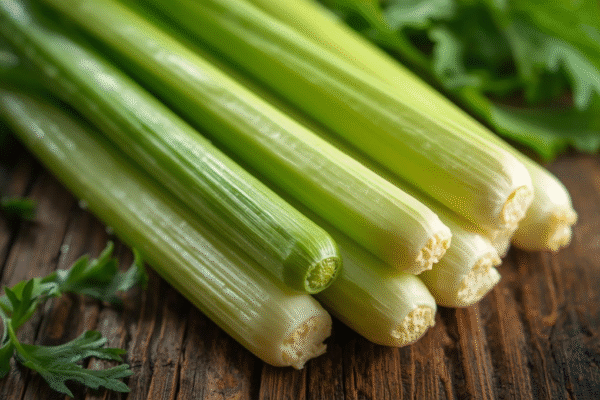Horseshoes might seem like a simple backyard game, but for enthusiasts around the world, it’s much more than just a casual pastime—it’s a passion that brings communities together, hones skills, and offers endless entertainment. Whether you’re just starting out or have spent years perfecting your toss, the world of horseshoe enthusiasts is rich with stories, camaraderie, and a shared love for this timeless game.
The Origins and Appeal of Horseshoes
Horseshoes dates back centuries, with roots that trace to ancient civilizations. Originally played as a way to practice horse-shoeing, the game evolved into a recreational activity embraced by farmers, families, and competitive players alike. Its simplicity—aiming to ring a horseshoe around a metal stake—belies the depth of skill and strategy involved.
What makes horseshoes particularly appealing is its accessibility. All you need is a pair of horseshoes, a stake, and a bit of open space. It’s a game that can be played casually in a backyard or competitively at organized tournaments. Its universal appeal lies in its blend of precision, patience, and a good dose of friendly rivalry.
The Beginner’s Journey: Discovering the Joy
For beginners, horseshoes offers an exciting entry into a world of skill-building and social interaction. The initial thrill comes from learning the basic techniques—how to grip the horseshoe, the proper stance, and the tossing motion. Many beginners find that with a little practice, they can start to see improvement quickly, which fuels their enthusiasm.
One of the most rewarding aspects for newcomers is the sense of community. Many local clubs and leagues welcome beginners with open arms, offering tips and encouragement. Watching others play, participating in friendly matches, and gradually mastering the art of a clean ring or a leaner shot creates a sense of achievement that keeps players coming back.
Progressing to the Intermediate Level
As players gain confidence, they begin to explore more advanced techniques. They learn to adjust their throws for distance and accuracy, experiment with different grip styles, and develop a strategic approach to outsmart opponents. At this stage, players often start to participate in local tournaments, testing their skills against a broader pool of enthusiasts.
Intermediate players also begin to appreciate the nuances of the game—understanding the importance of angle, force, and even the weather conditions that can influence their throws. This phase is about refining skills and deepening the love for the game.
The Path to Expertise
For dedicated enthusiasts, horseshoes becomes a quest for mastery. Experts spend hours practicing, analyzing their throws, and studying competitions. They might join national or international leagues, participate in championships, and even coach others. Their dedication is driven by a desire to perfect every aspect of their game and to contribute to the community.
Reaching this level requires patience, discipline, and a keen eye for detail. Experts often develop their own techniques, spend time analyzing their form, and stay updated on competitive strategies. They understand that even small adjustments can lead to significant improvements.
The Social and Cultural Significance
Beyond the technical aspects, horseshoe enthusiasts cherish the social bonds formed through the game. Competitions are not just about winning but about camaraderie, shared experiences, and preserving a piece of cultural history. Many tournaments have a festive atmosphere, with music, food, and storytelling.
The community aspect is especially vital for older players, who find a sense of belonging and purpose through the game. For younger players, it’s a way to connect with tradition and learn values like sportsmanship and patience.
The Benefits of Playing Horseshoes
Engaging in horseshoes offers numerous benefits. It promotes physical activity, improves hand-eye coordination, and encourages strategic thinking. The relaxed pace makes it suitable for all ages, making it a perfect family activity. Additionally, participating in local leagues fosters social connections and community involvement.
For many enthusiasts, horseshoes is not just a game but a way of life. It provides a meaningful outlet for relaxation, competition, and personal growth.
Embracing the Joy
Whether you’re just starting or have been tossing horseshoes for decades, the joy of the game remains universal. It’s about more than just hitting the stake; it’s about the thrill of the throw, the shared laughter, and the appreciation of a simple yet challenging pastime.
If you’re interested in exploring the world of horseshoe enthusiasts, start small. Gather some friends, set up a target in your backyard, and enjoy the journey from a beginner to a seasoned player. Join local clubs, attend tournaments, and embrace the camaraderie that makes this game so special.
In conclusion, horseshoe enthusiasts embody the spirit of lifelong learning and community. From beginners discovering their first ring to experts perfecting their technique, they all share an enduring love for this classic game. So grab a horseshoe, take your stance, and experience the joy that has captivated players for generations.





